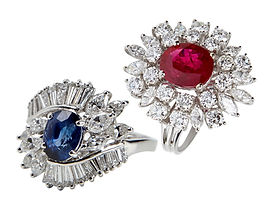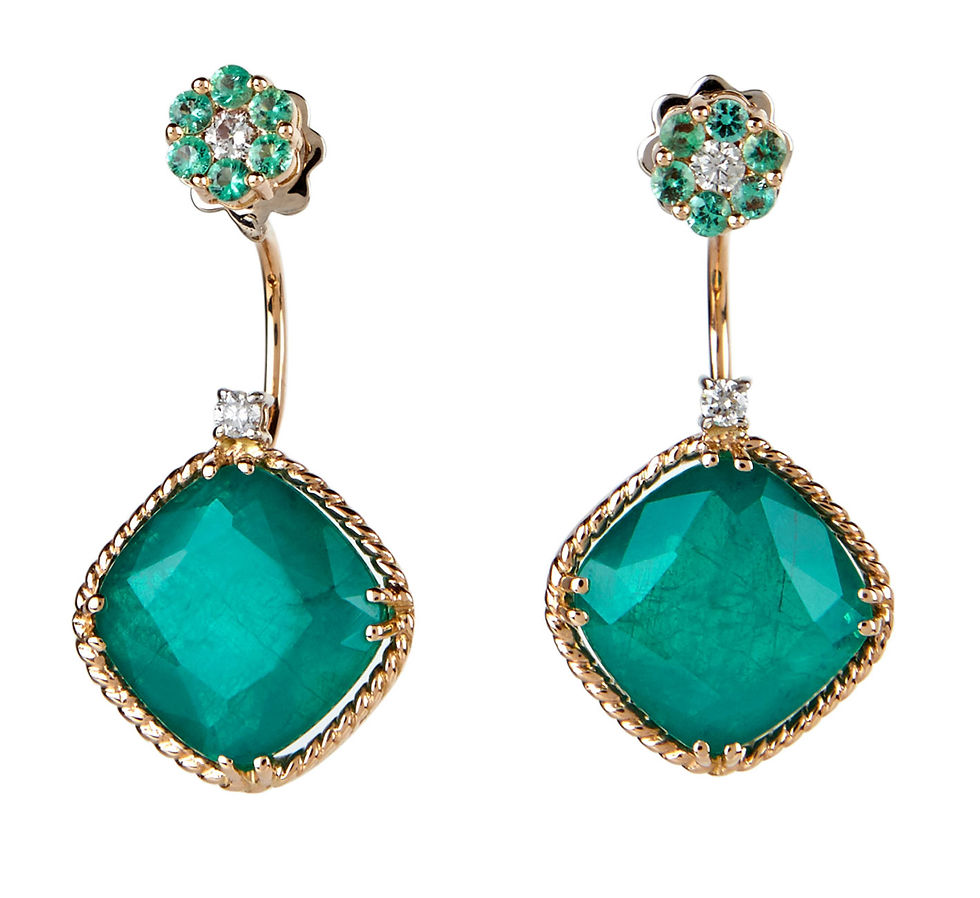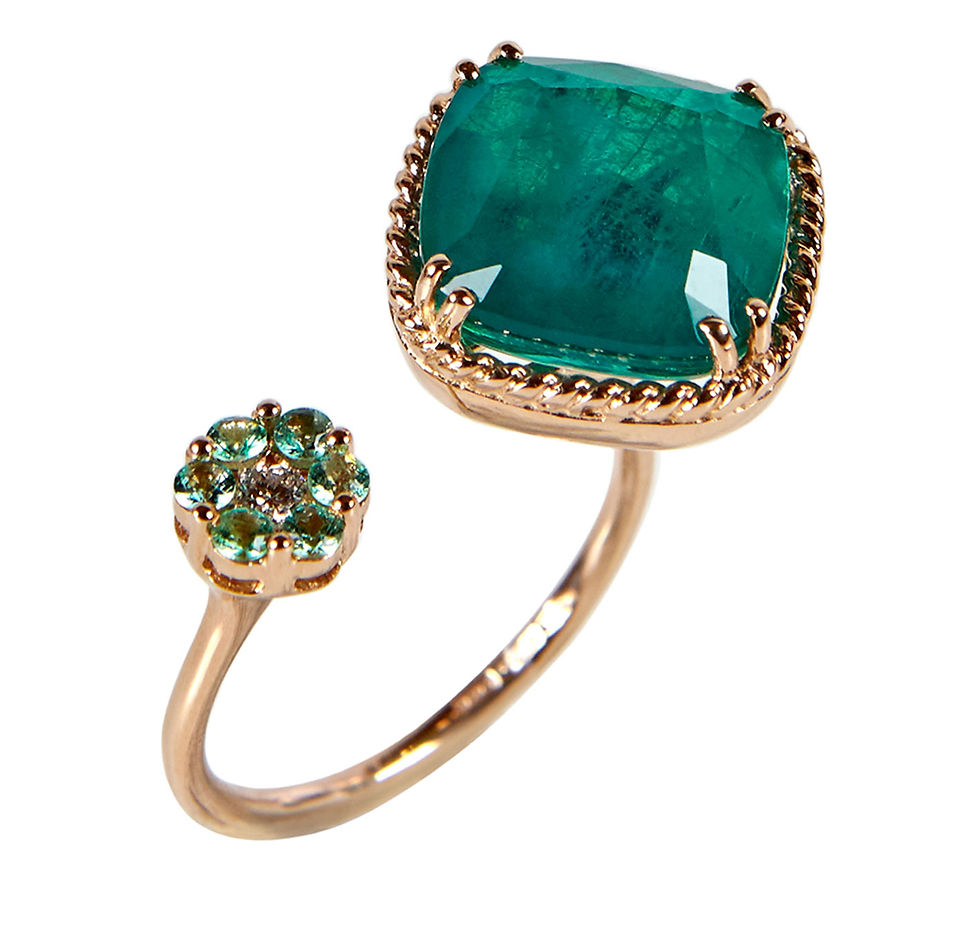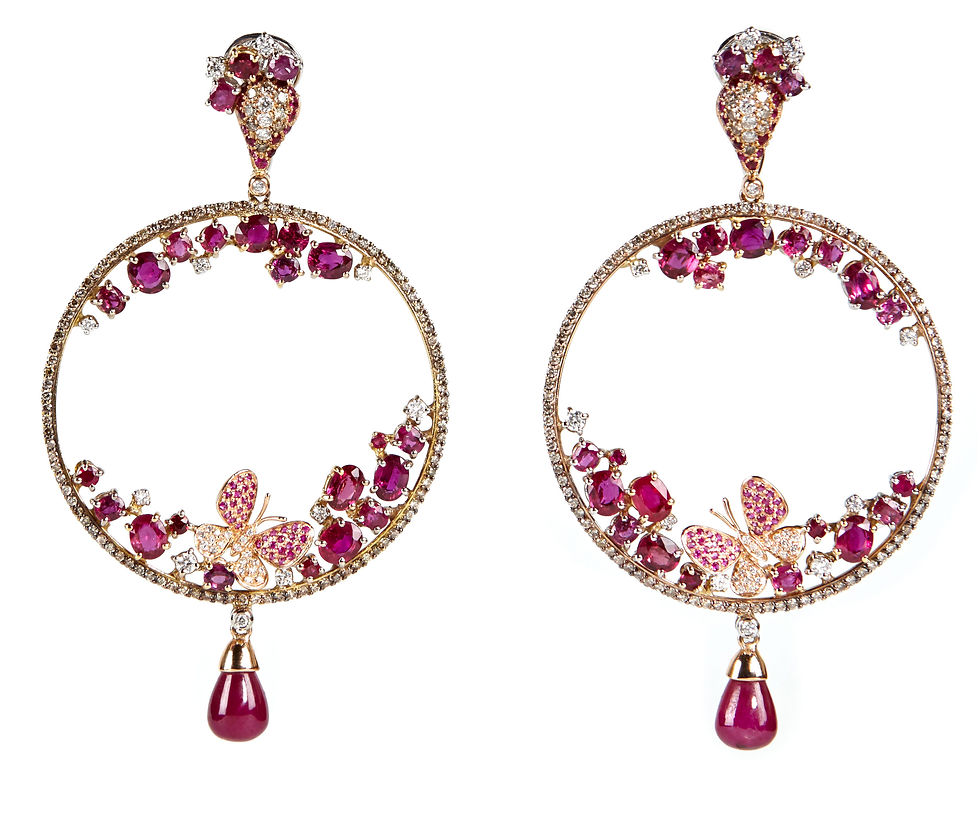History
In 1922 the young Massimo Moraglione began his apprenticeship in goldsmithery. After a few years he moved towards his own business: since 1937 with two other partners (trademark 163 AL) and since 1943 as the sole owner of a workshop in Via Lega Lombarda (trademark 235 AL). Finally, in 1950 Massimo joined the company with his brothers Pierino and Marco, first in via Cavallotti and then in via Savona, using the trademark 428 AL, still in use today.
The Moraglione brothers made jewellery of medium to high standards, characterized by sober taste and good quality of the gems. Massimo, a goldsmith, was mainly in charge of production, while Pierino, a gem-setter and engraver, was in charge of going out for sales. Marco instead took care of the administration and of purchasing precious stones.
During the pioneering times before the Second World War, the Moraglione brothers were busy spreading their products in Italy, especially in the North. In the 1950s the company began to open up to European and world markets: in 1957 the company took part in the Milan and New York fairs, while in October 1958 they co-founded PARM, a commission office for sales on foreign markets, in partnership with the companies Pessina, Annaratone and Rota. This alliance made it possible to reach new international clients by concentrating efforts and offering a wider range of objects.
In 1963 the company moved to its current headquarters in Via Sassi 45, where at that time it employed fifty employees.
In 1969 Massimo and Pierino retired, leaving the company to Marco and Renato, Pierino's son.
In 2001 Giovanni Bonzano and Fabio Amelotti joined the company with Manuela Moraglione, Marco's daughter, and with her husband, Raffaele Profumo. These last few years have favoured the transition from classic jewellery with a traditional look to products with lines inspired by contemporary design.
Archive
The fund preserves partially inventoried heterogeneous material, dating back to the 1940s, deposited in the various spaces of the offices and the factory, depending on its use and nature. The large collection of plaster casts, still on display on the wall, is remarkable. The company benefited from a very early digitization of its document production, thanks to the specific skills of one of its partners.
With regard to the present historical heritage, the following series are of particular note:
-Technical catalogs, from the 1940s of the 20th century, 20 registers
-Drawings, from the 1940s of the 20th century, 30 folders
-Objects produced, from the 40s of the twentieth century
-Rubber moulds, about 1000, from the 50s of the 20th century
-Chalk chalks, about 300, 40-50 years of the twentieth century
-Photos, from the 1940s of the 20th century
They also contain machinery dating back to the 1940s.
Sources
W. Fochesato, R. Massola, Gioielli su carta. Ricchezze dorate fra disegni e cartoline: da Valenza all'Italia, Interlinea, Novara 2018, drawing reproduced on page 57
Lia Lenti, Gioielli e gioiellieri di Valenza. Arte e storia 1825-1975, Allemandi, Turin 1994, descriptive entries on pp. 422 and 424-425; images on plates XLIII and LXXIX, and on numbers 125, 694 and 744.

F.lli Moraglione s.r.l.
Via Sassi, 45
15048 Valenza (AL)
+39 0131941719
info@moraglione.com
www.moraglione.com







